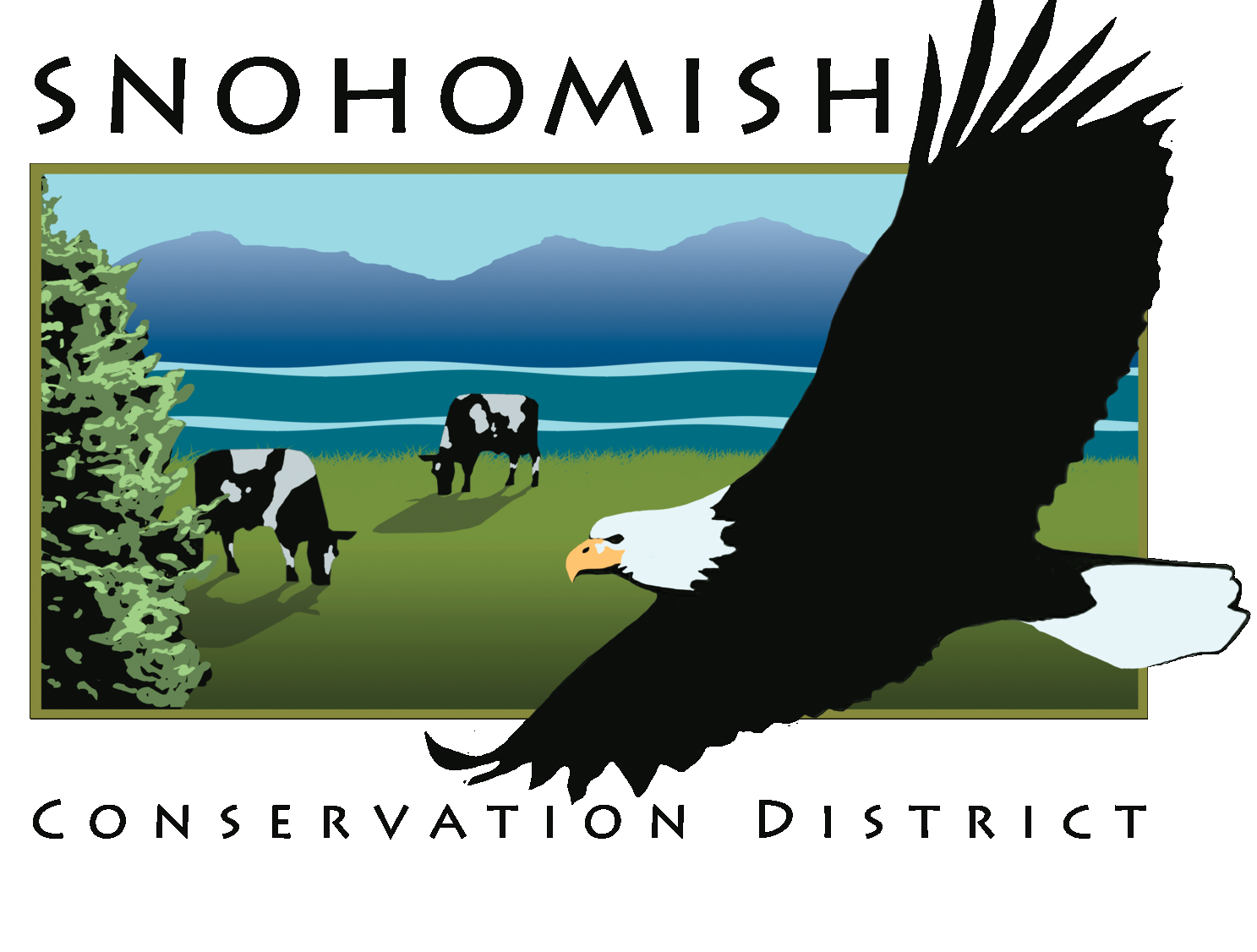Beavers: Our Backyard Neighbors
/Beavers can construct dams that can flood yards and homes, block culverts, and damage trees as they forage for food and building supplies. Yet despite these challenges, there are many ways for property owners to peacefully coexist with beavers and benefit from their presence.
Read More







